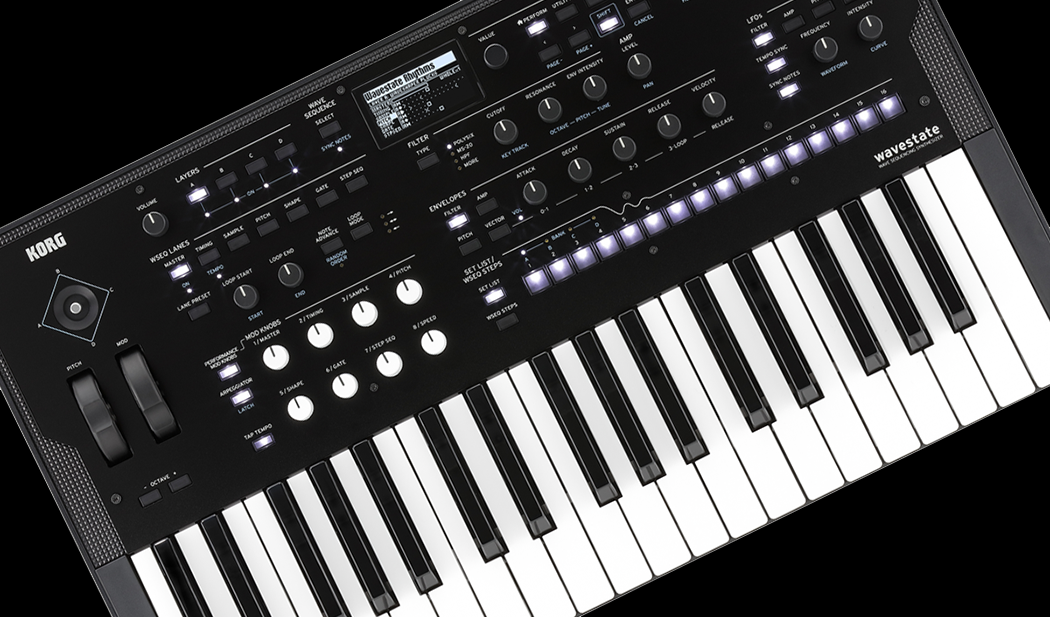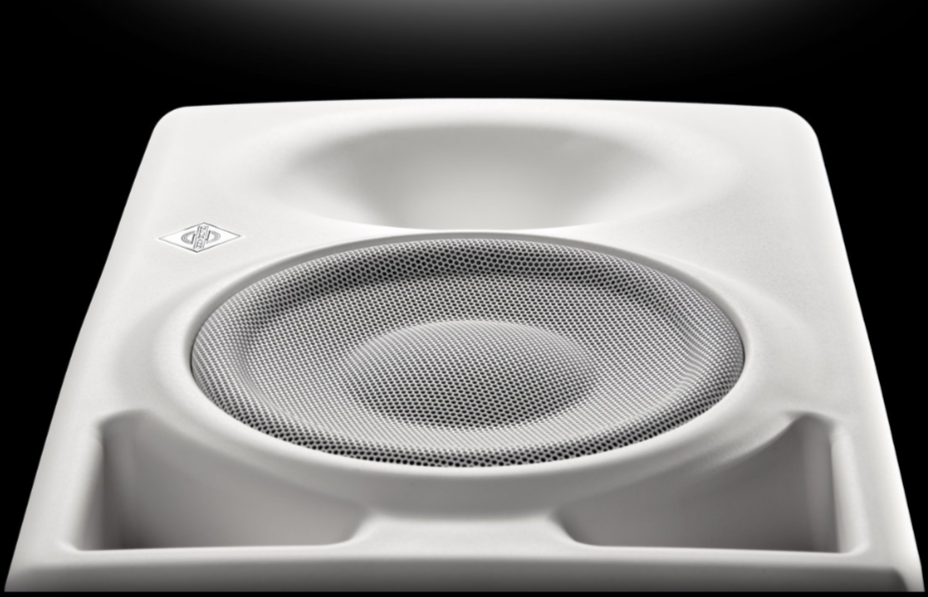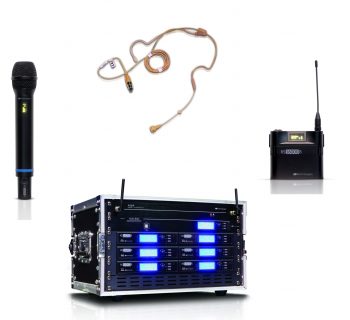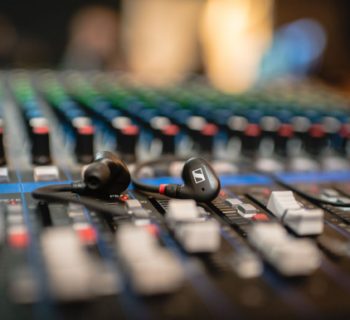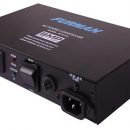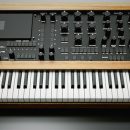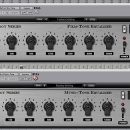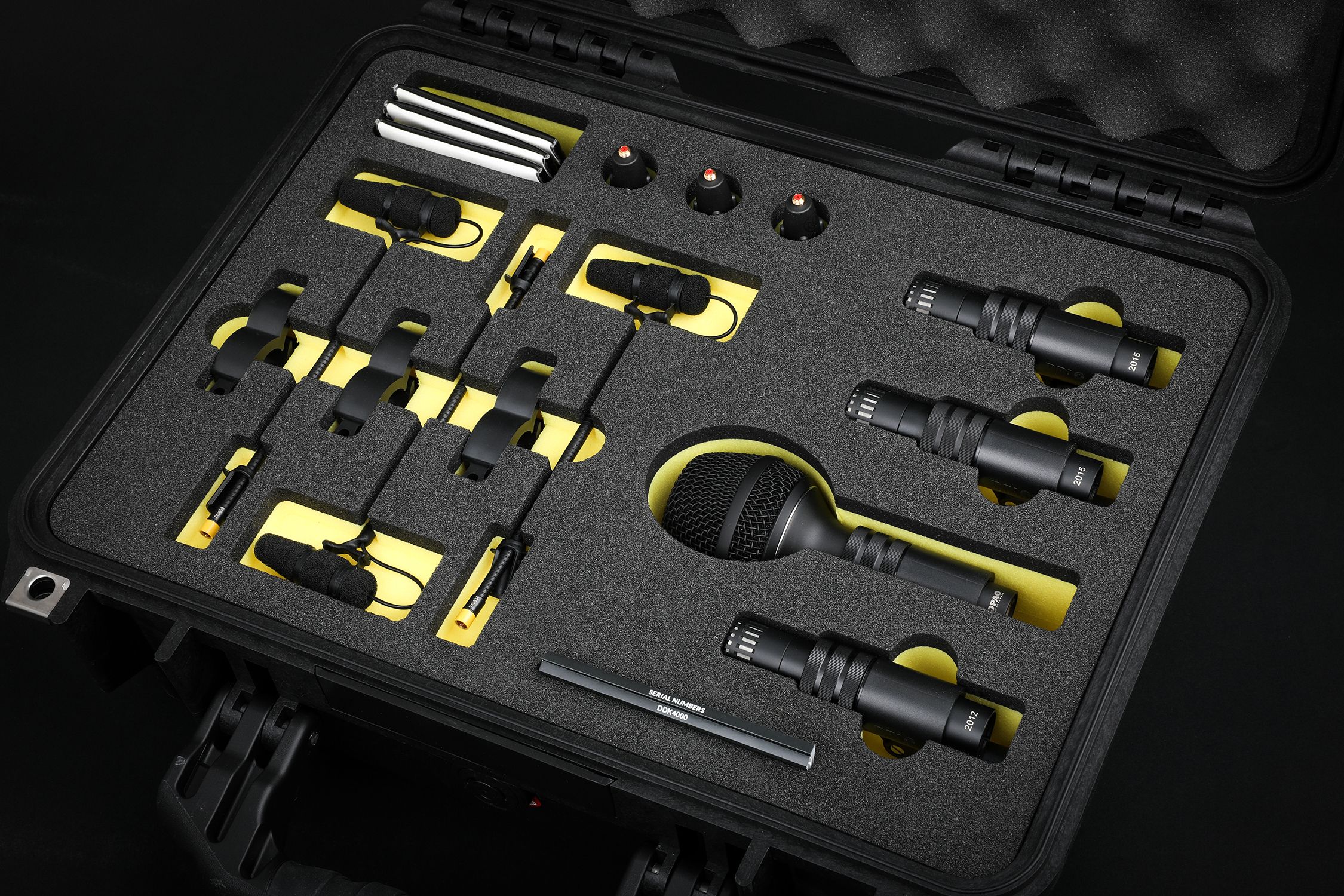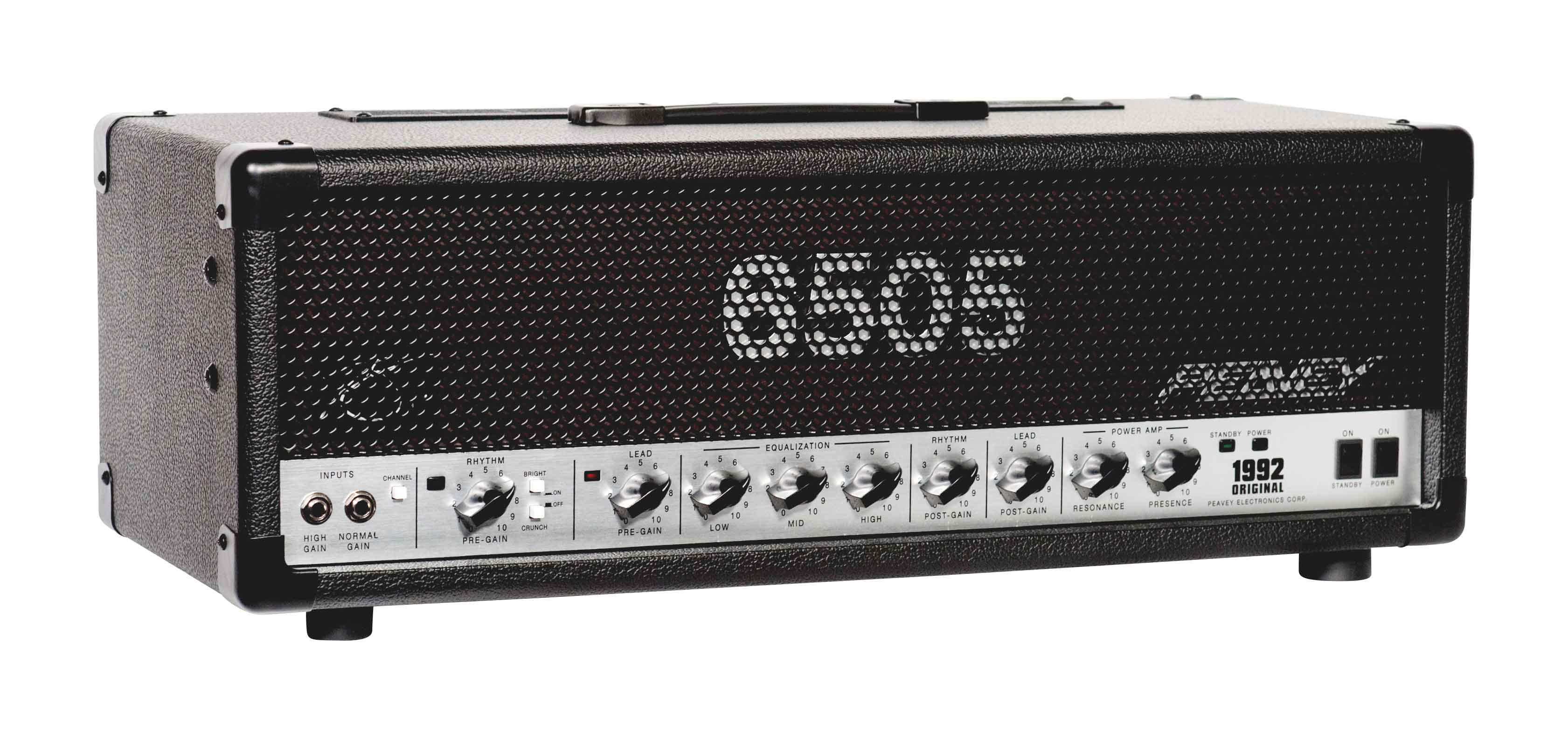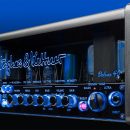 “This capsule is unlike anything that came before”
“This capsule is unlike anything that came before”
Berlin, December 15, 2021 – German microphone specialists Neumann.Berlin have announced their first product range designed especially for close miking instruments. To create their new Miniature Clip Mic System, the engineers in Berlin elevated electret technology and its production process to a whole new level. The new KK 14 capsule is able to capture the details of sound better than anything that came before – without any of the production tolerances that have been associated with electret solutions to date. The system’s modular construction has been designed to ensure excellent stability and long service life for live and stage performances. The system includes nine mounting solutions that make it possible to find the optimum positioning for acoustics while simultaneously protecting the instrument. The Miniature Clip Mic System will be available in spring 2022. The system can already be preordered by dealers and major clients.
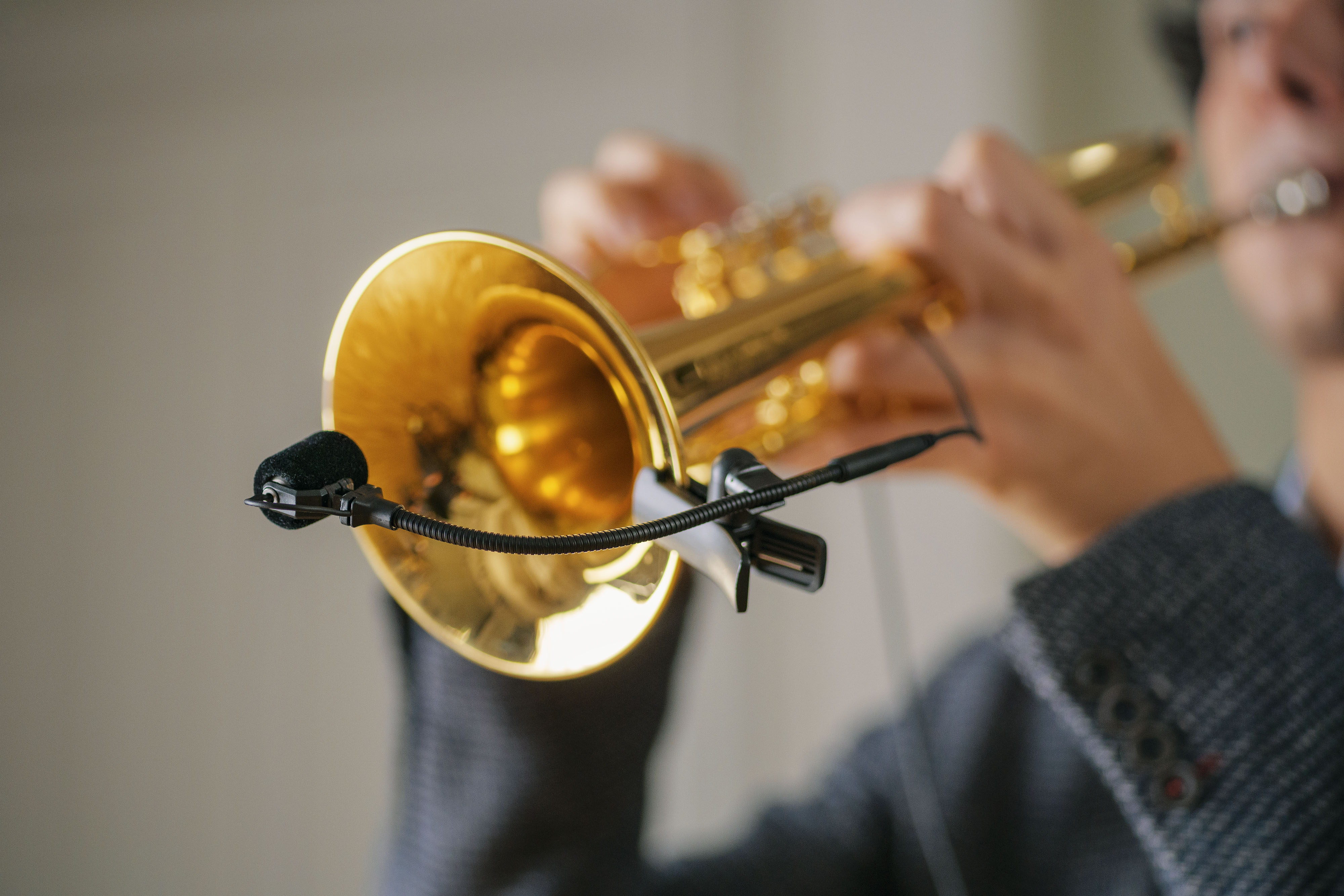
Portfolio Manager Stephan Mauer: “We had been dissatisfied with the sound delivered by electret solutions for quite some time. Technicians and artists alike want greater substance, higher precision for low and medium frequencies and more openness. At the same time, we wanted to finally be able to create electret microphones that offered constant performance, so that sound engineers would not have to continuously deal with production tolerances impacting sound level and frequency response.”
Neumann’s developers spent six years researching the capsules and the production processes that would be necessary to make this a reality. Mauer: “All that work paid off. This capsule is unlike anything that came before.” With minimized self noise and an extremely high maximum sound level of 152 dB, the KK 14 delivers perfect results for both very quiet and very loud instruments.
In addition, the Miniature Clip Mic System is modular and rugged. Neumann assembles the KK 14 capsules by hand and encapsulates them in a titanium housing. The capsule can be easily unscrewed from the gooseneck connector whenever necessary. All the other components are also easy to replace. Neumann did not design the system for a single season – it is designed to last for decades. It should therefore be no surprise that a market comparison reveals that this microphone system offers a superior return on investment.

The system boasts nine options for reliable attachment to brass, string and stringed instruments, pianos, drums and percussion. “Our field tests quickly revealed that all users share a desire for being able to reliably and securely position the microphone. Another wish that they all had in common was wanting to avoid damaging sensitive surfaces of their instruments. This gave rise to self-adjusting spring-loaded systems and newly developed mounting concepts for specific applications.
Neumann CEO Ralf Oehl believes that this new system marks the beginning of a new reference: “We are proud that we have succeeded in redefining the potential of electret capsules. For the first time, they are more than just a compromise solution for technically demanding situations. With this product, we have created a new reference for sound that is truly natural, neutral and reliable – even in challenging technical or acoustic situations.”
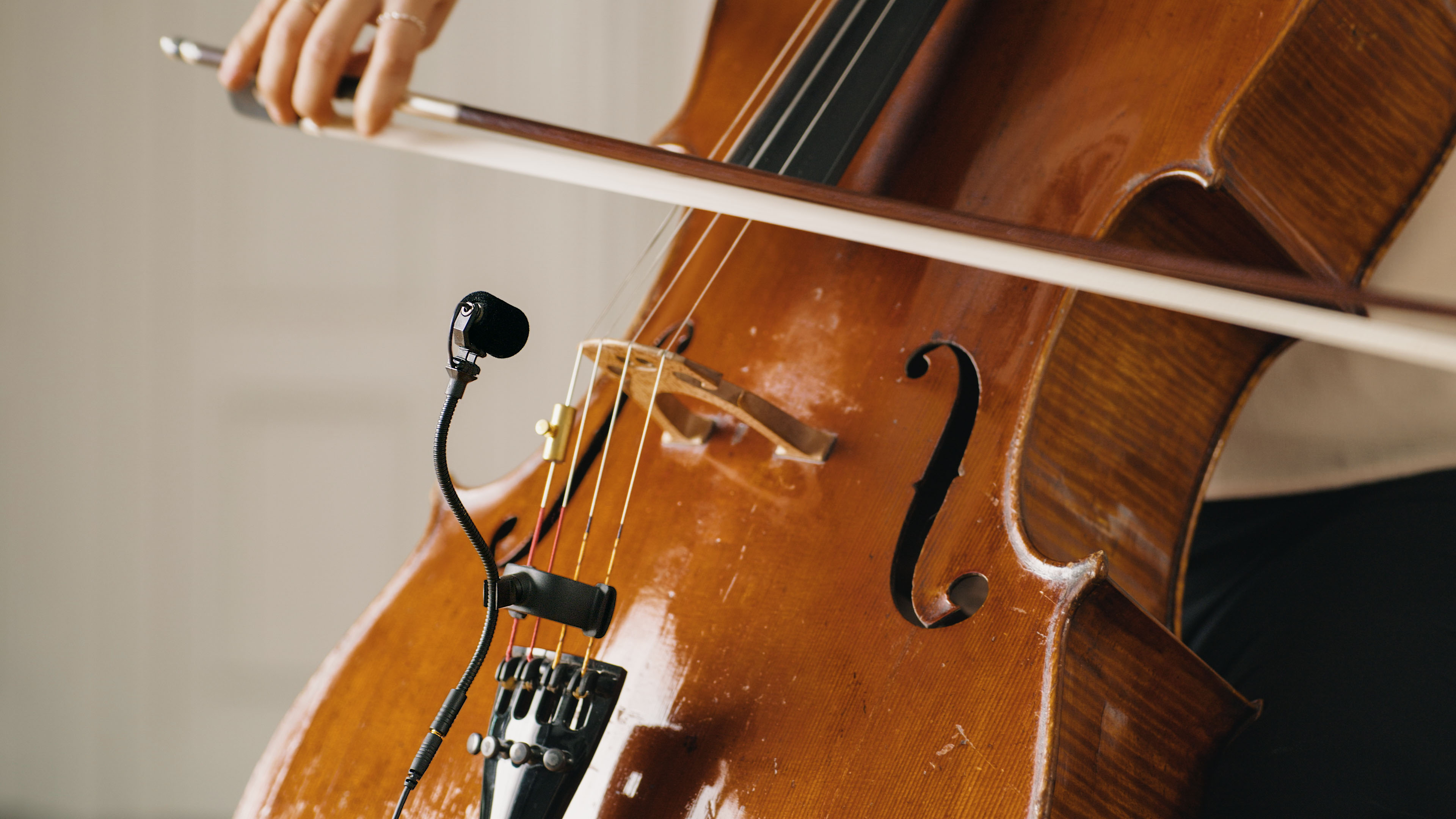
Typical users of this microphone system include orchestras, theaters, musical productions, concert halls, big bands, brass sections and drummers. Thanks to connection cables with either a 3.5 mm jack, Lemo, MicroDot or 4-pin mini XLR connectors, the system is compatible with all standard bodypacks for wireless setups. The list price of the KK 14 capsule is €279/$299. Prices for sets start at €629/$699 (capsule, gooseneck, cable, mounting system, XLR adapter and windscreen).
Anyone who is interested in obtaining more information can register at miniature-clip-mic.neumann.com. The preorder period is already open to dealers and large customers. A list of Neumann sales partners worldwide is also available on the microsite.



